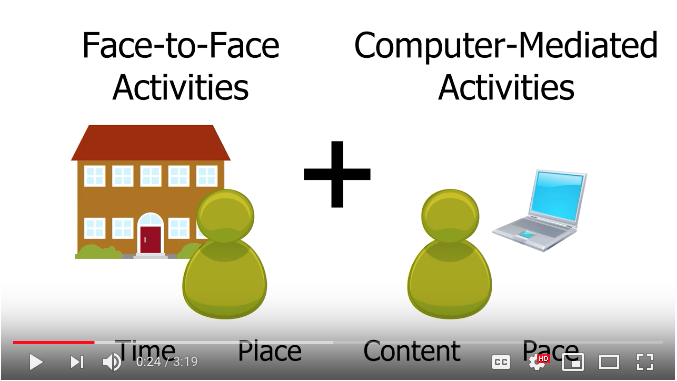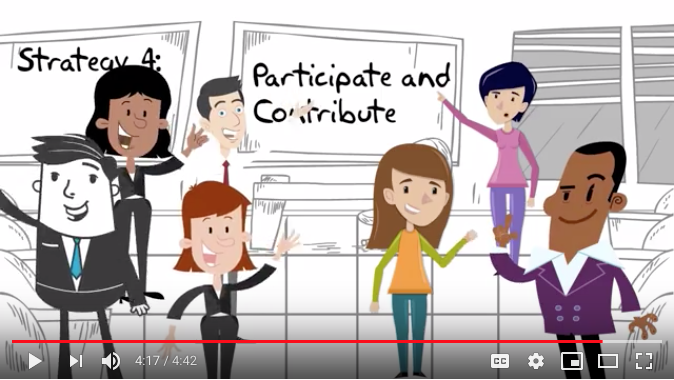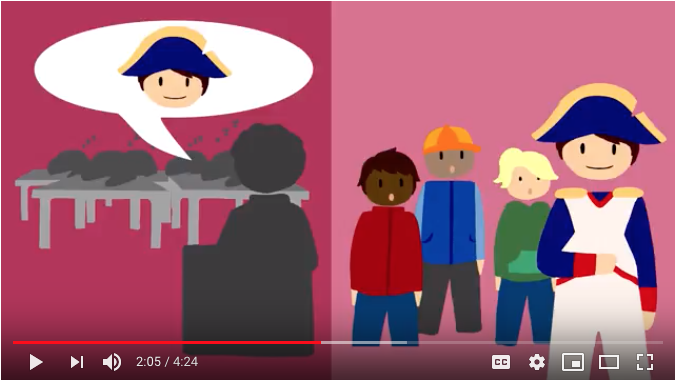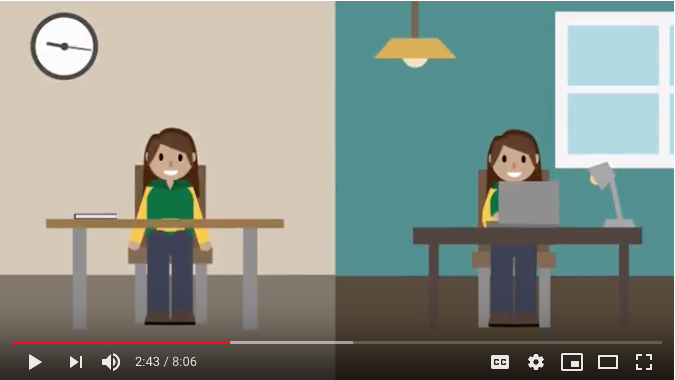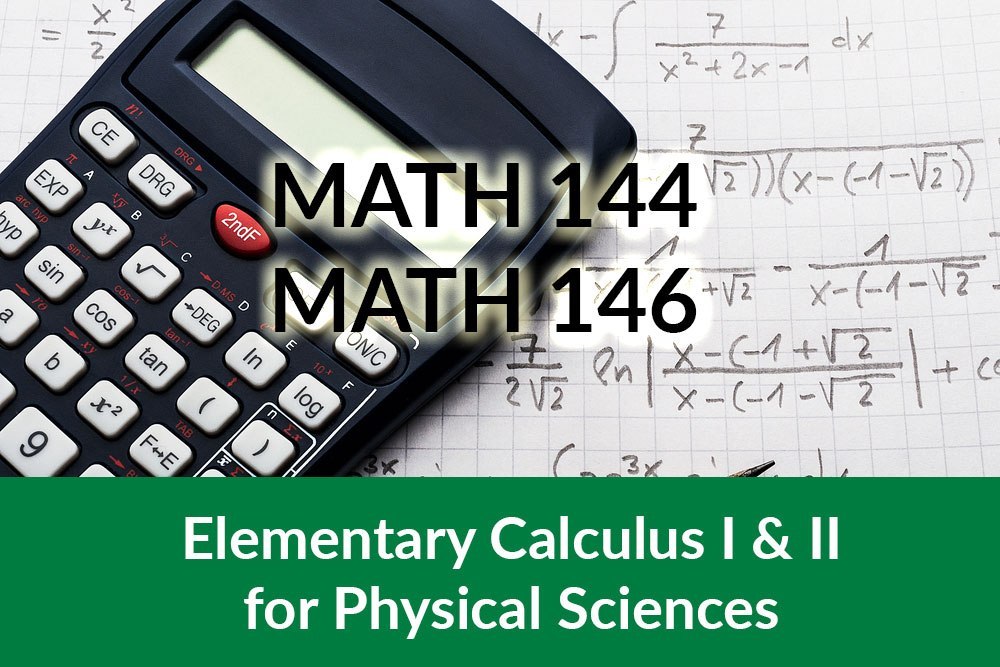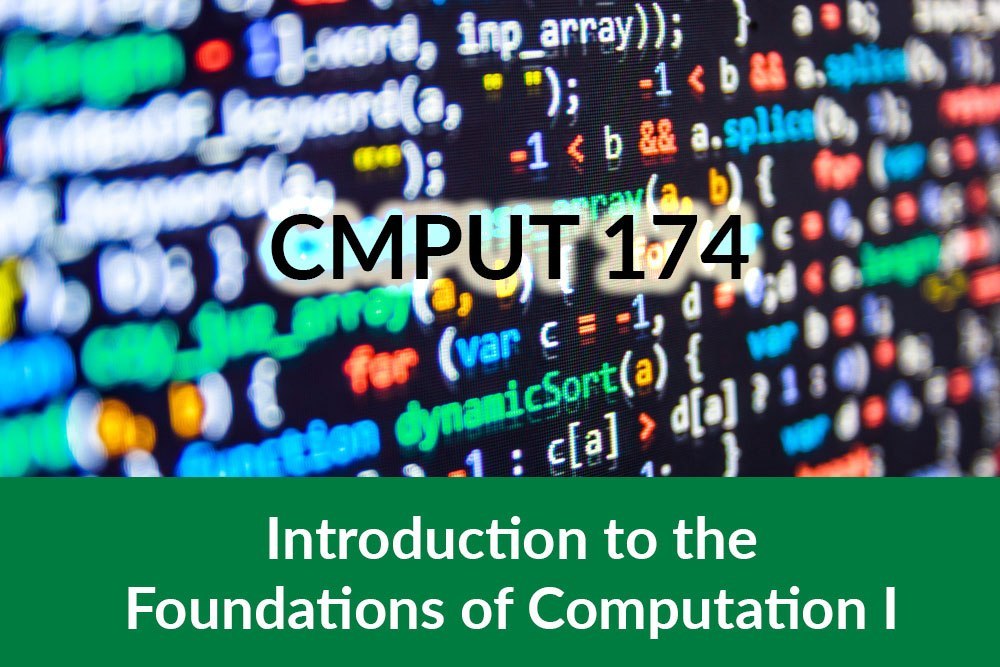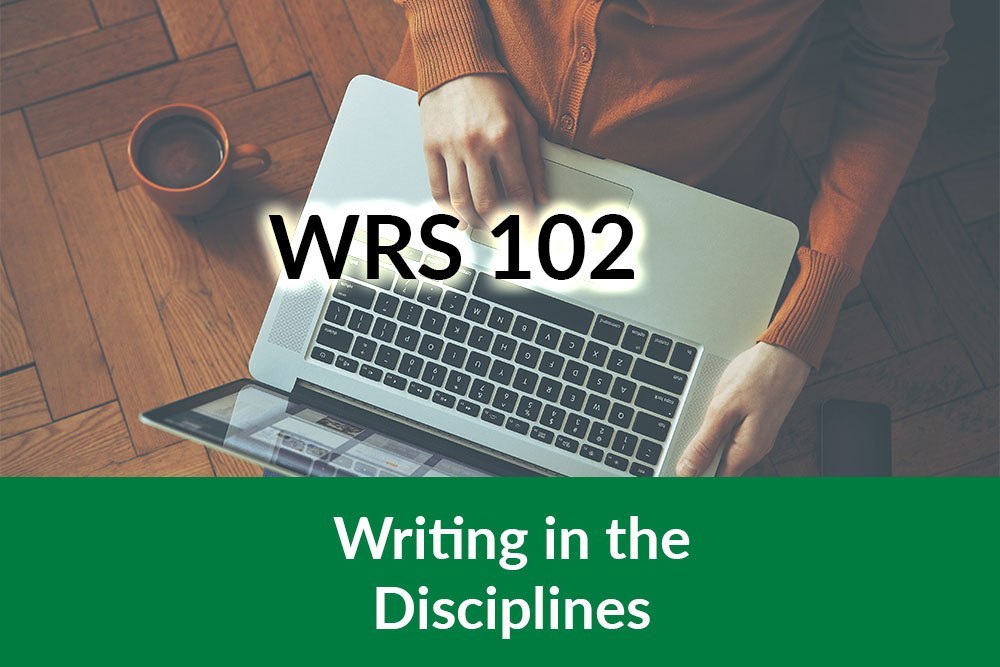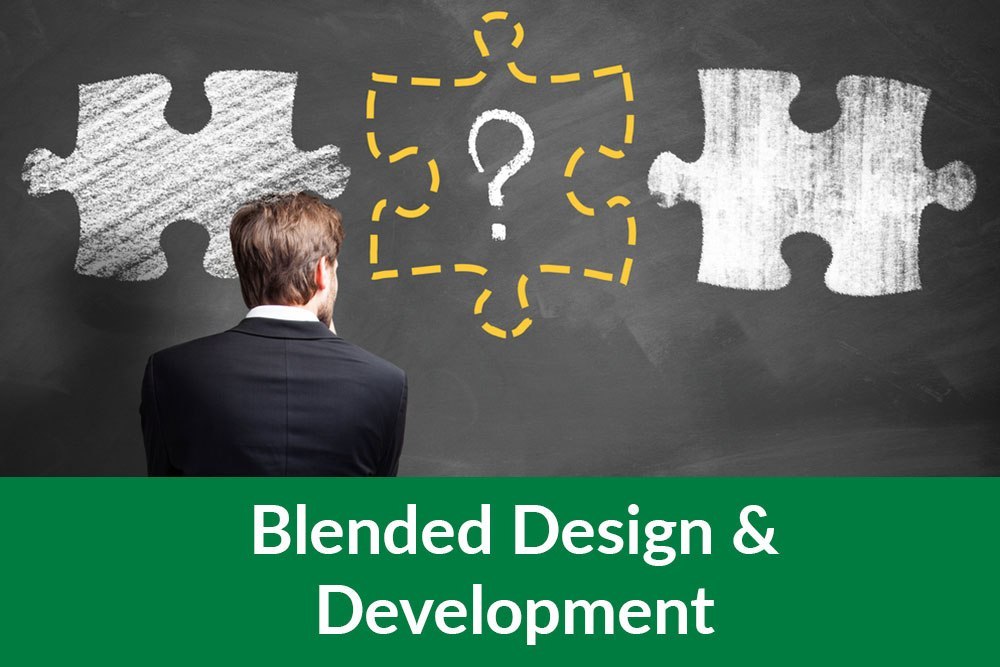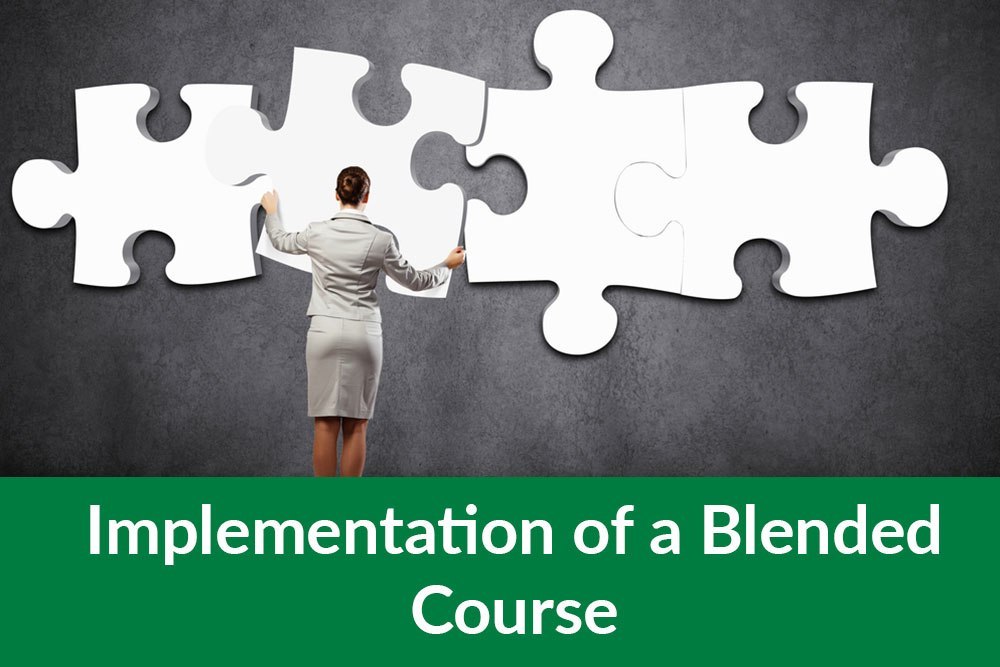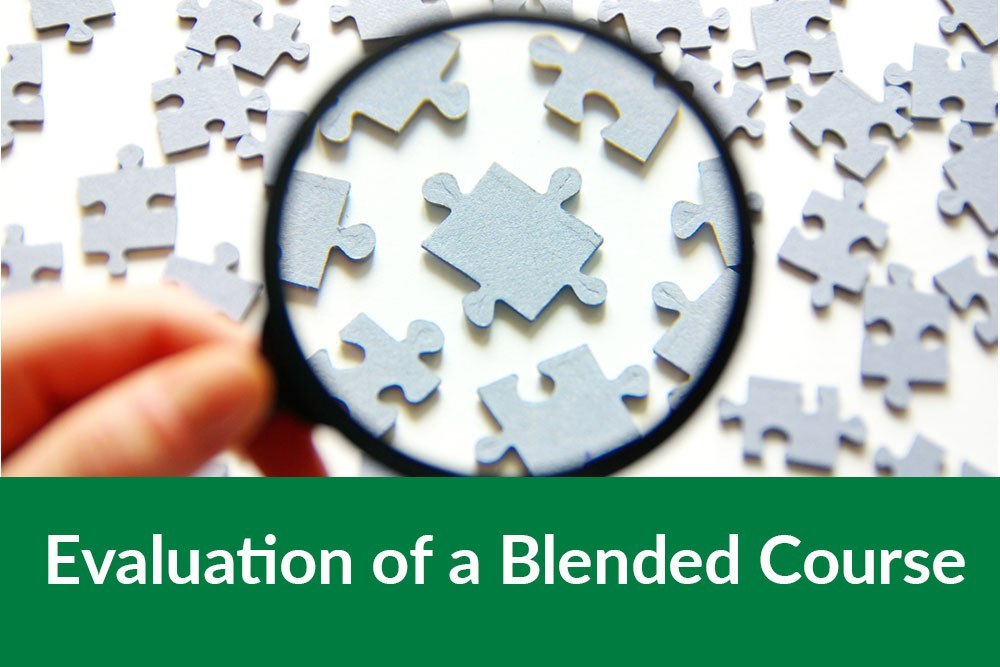Blended Learning
What is Blended Learning?
Blending Learning is a teaching approach where both traditional face-to-face instructional time and online or computer-mediated activities are integrated. Within a course, the online content and classroom activities are meant to complement one another, working to engage students and achieve course objectives.
Blended Learning Spectrum
Blended Learning can vary widely from classroom to classroom in its delivery of face-to-face and online content, resulting in its referral as a spectrum. In particular, The Sloan Consortium defines the range of blended learning as having anywhere between 30 to 79 percent of the course content delivered online (Allen, Seaman & Garrett, 2007, p. 5).
What does blended learning look like in the classroom? As blended learning falls onto a spectrum, there are several ways it can be delivered in a classroom. Here some of the more common ways used in post-secondary:
Flipped Classes
In the flipped classroom, generally instructors post lecture material online and assign readings for students to attend to at home. Then, once students enter the classroom, more time is devoted to student-centered activities such as discussions, simulations, role-playing scenarios, and problem solving activities. Depending on the course, this approach may mean that students spend less time in class or that the time spent in class is used for different types of activities, beyond the traditional lecture format.
To learn more about this style of blended learning, watch the interview with University of Alberta Law professor Peter Sankoff.
Web-Enhanced Courses
In web-enhanced courses, students will attend their course at the regular scheduled time, but have additional online activities to do from home. The purpose of the additional online activities is to encourage greater student engagement with course content. Some examples of these activities could include watching videos, participating in online discussions, doing online quizzes, or completing online simulations and labs.
Flexible Labs
In flexible labs, standard scheduled labs are eliminated and students may instead go to a learning commons area where they can receive support and guidance for their lab activities if they need it.
Combined Modes
Sometimes courses combine different types of blended learning. For example, students may attend a flipped classroom while also participating in flexible labs.
Case Studies
These case studies will provide an in-depth look at the Blended Learning Initiative at the University of Alberta. Each study documents a course’s journey to blended learning, how blended learning was implemented and received by the learners, as well as lessons learned from the implementation. A major component of the Blended Learning Initiative is to conduct case studies of the issues that impact the effectiveness of blended learning, which then can be used to enhance educators’ practice.
Blend Your Course
These different sections will provide general guidelines and suggestions to transform your course into a Blended Learning format. Choose from design and develop a blended course, implementation of a blended course, evaluation of a blended course, or technologies that can help you in this transition.
Resources
Find links to resources and documents that may support you in the development / implementation / evaluation of your blended course. Learn more.
FAQ
Find answers to frequently asked questions on getting started with Blended Learning. Learn more.
